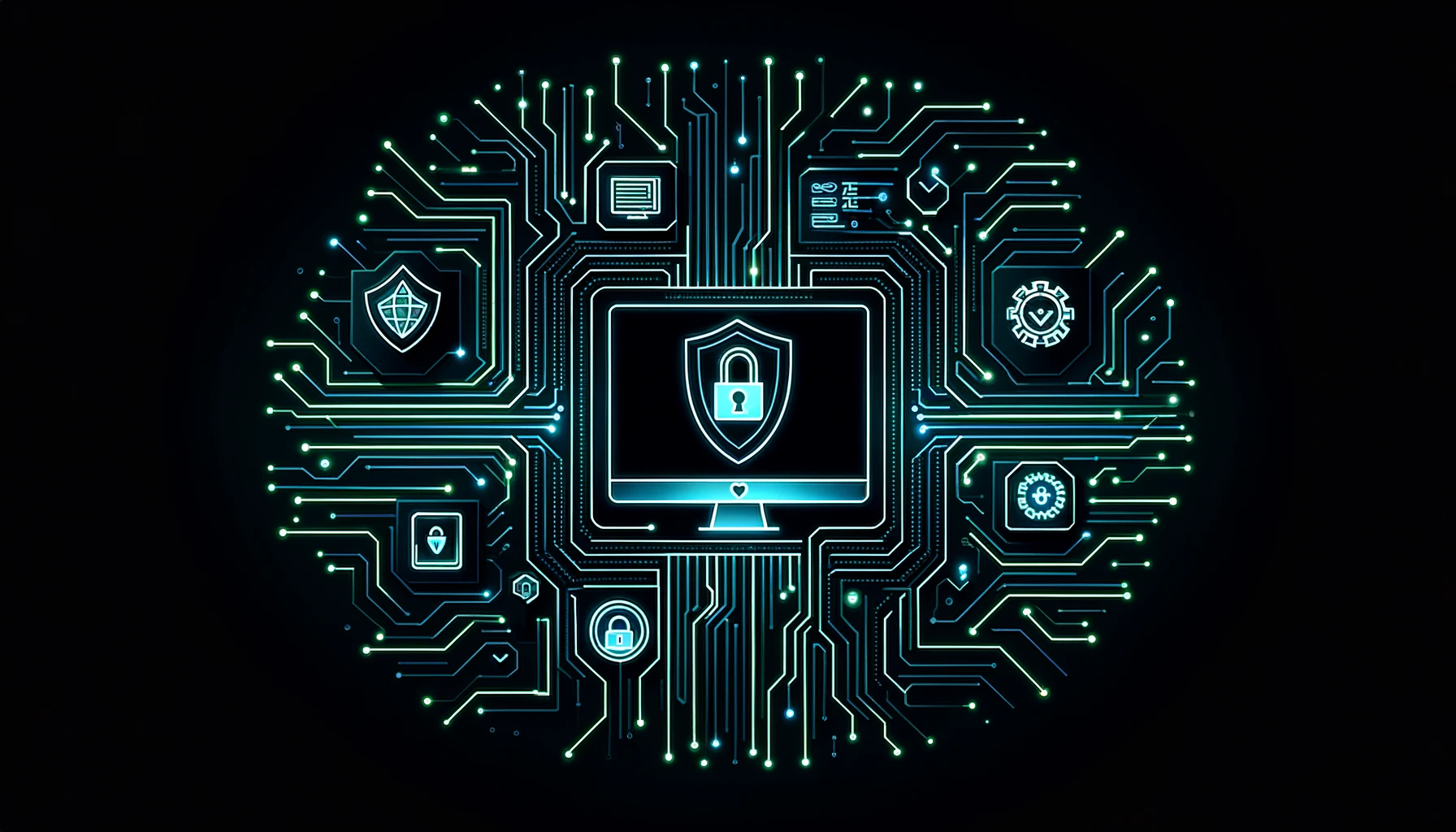Data Exfiltration
Data Exfiltration
Data exfiltration means taking data from a computer or network without permission. Hackers or even people inside a company can steal data this way. It is a big risk for any business because it can lead to money loss, damage to the company's reputation, and legal trouble. Data can be stolen using different methods, like command and control (C2) channels, USB drives, cloud storage mistakes, and other less common ways like DNS tunneling. You can learn more about how we protect organizations by requesting a free cybersecurity audit.
Key Points
- What is Data Exfiltration? It means stealing data from a computer or network without permission.
- Common Methods: This includes USB drives, C2 channels, cloud storage, and phishing.
- Prevention: Use network monitoring, DLP tools, and limit who can access data.
- Impact: It can lead to money loss, fines, and loss of trust.
- Actionable Steps: Use multifactor authentication (MFA) and separate your network to limit risks.
Related Terms
Common Data Exfiltration Techniques
- USB Drives and Physical Media: Using USB drives is one of the easiest ways to steal data. This often happens when insiders who have access take the data directly.
- Command and Control (C2) Channels: Attackers use command and control (C2) channels to control systems they have hacked. They steal data from the network while making it look like regular activity, so it doesn't raise alarms.
- Cloud Storage: Sometimes, companies set up their cloud services wrong, which makes it easier for hackers to steal data from them. Moving data between cloud accounts or storage that isn’t secure, such as due to misconfigurations or lack of encryption, can be an easy target.
- Social Engineering and Phishing: Attackers trick people into giving them access by sending fake emails (phishing). They use this access to steal data. You can learn more in our detailed guide on phishing.
Techniques Based on Transfer Methods
- Encrypted Traffic: Hackers hide the data they are stealing by encrypting it, so it’s harder to detect.
- Scheduled Transfers: They send data at times when network traffic is high, e.g., during business hours when lots of legitimate data is being transferred, so it’s less likely to be noticed.
- Physical Medium: Using devices like USB drives is very common for insiders trying to steal data.
Key Risks of Data Exfiltration
- Financial Damage: Data breaches can cost a lot of money in fines, lost sales, and legal costs. The average cost of a data breach in 2023 was over $4 million.
- Reputation Damage: When a company loses sensitive data, customers lose trust. This can have long-term effects on business relationships.
- Legal and Regulatory Penalties: Data breaches can result in big fines due to laws like GDPR or the NIS2 Directive.
Preventing Data Exfiltration
1. Network Monitoring and Anomaly Detection
Use tools like SIEM (Security Information and Event Management) and UEBA to watch for strange activities on your network. These tools help find unusual behavior that might mean data is being stolen.
2. Multi-Factor Authentication (MFA)
Multi-factor authentication adds extra layers of protection. Even if someone steals a password, they need another way to prove their identity to log in. This helps prevent unauthorized access.
3. Encryption
Encrypting data while it’s stored and while it’s being sent makes it useless to attackers if they steal it. Learn more about encryption in our glossary.
4. Identity-Based Access Control
With identity-based access control, only certain people can see specific data. This way, even if an employee's account gets hacked, the attacker only has access to a small part of the network.
5. Security Awareness Training
Regular security awareness training can teach employees about phishing and social engineering. It also helps them understand the best practices for handling sensitive information. Training your team is the first line of defense against data theft.
Real-World Examples of Data Exfiltration
FAQ
By implementing strong security protocols, regularly monitoring network traffic, and training employees.
This is often sensitive information such as financial data, customer data, or intellectual property.
Signs can include unusual traffic, suspicious access to sensitive areas, and unexplained file movements.




































